Hold on a minute, let me just drag this over. Hrrrrmph. One more second while I climb on top. Ok, I’m now firmly entrenched atop my soapbox and ready for this month’s sermon… I mean column. We vintage racers have a problem that for one reason or another we’ve chosen to overlook for a long time. Recent events have highlighted this problem to such a point that many are saying that it’s finally time we address it. Before I tell you what the problem is though, let’s look at an analogous situation that might make the problem more clear.
Let’s say that your hobby – your passion in life – is flying. You’ve loved airplanes since you were a kid, and now, as an adult you want to start flying. Great! But, how do you get started? You don’t know anything about flying except that 1) it necessitates an airplane, 2) the airplane makes cool brrrrrrrrrr engine sounds, and 3) in order to make those cool engine sounds you need a crap load of cash. Well, like all other aspiring Lindberghs, you go to flight school. You take your classes, you put in your mandatory flight hours with an instructor and, if in the end you haven’t killed yourself and your instructor you get your license… for small aircraft. So you have your license (maybe for a short period of time, maybe for many years) when suddenly, your stock options in “My-Belly-Lint.com” go through the roof. With your newfound loot you run down to the airport and buy the biggest, baddest Gulfstream or Challenger jet you can find. The question that has to be asked at this point is, “Are you a competent enough pilot to fly it?” The FAA doesn’t think so. Despite your many years in small aircraft, they want you to have some advanced training – put some time in behind the wheel – so that 1) You don’t kill yourself, or perhaps more importantly, 2) You don’t kill somebody else. Any of this starting to sound familiar?

In case you’ve missed where I’m going with this, a similar situation exists in historic racing, only instead of Lear jets and King Airs, we’re talking about “Big Cars” – F5000, Can-Am, F1 and Indycars. I don’t know of a single club in the U.S. that hasn’t had to – at some point in time – deal with the potential risks of inexperienced drivers in “Big” cars. Please don’t misinterpret what I mean when I say inexperienced. You may be a very capable, experienced racer with years of incident-free driving. But let’s face it, there’s a world of difference between a 200 hp Formula B car and a 700 hp Can-Am car or turbo-powered Indy car. Recently, two drivers at Road America suffered a horrific 150 mph+ accident that has left everyone asking themselves, “Shouldn’t there be a special license to drive these cars?”
For better or worse, this is an issue that we’ve collectively been able to avoid for a long, long time. However, with the exponential growth in the size and popularity of vintage racing, the time has probably come for us to seriously look at the problem and come up with some solutions. Now at this point you may be thinking, “What problem? These people are big boys and girls. They know the risks when they buy these types of cars.” Or maybe your attitude is that it isn’t your problem because you have no plans to ever run these types of cars. Well, like it or not, it is all our problem. If you’re not motivated by the moral and ethical arguments, how about a financial one? We all enjoy surprisingly low (considering our litigious society) entry fees because our sanctioning bodies benefit from the VMC’s low-cost accident insurance policy. This policy is very cost effective because vintage racing has enjoyed surprisingly low loss rates. More accidents like the type that occurred at Road America could potentially jeopardize that. So what do we do?
One idea, which has been experimented with in recent years, is the creation of a “Super License.” Just like in F1, drivers who want to race these types of cars would need to demonstrate some level of proficiency before being allowed to compete on a regular basis. Obviously, if you’re a Brian Redman, you’ve demonstrated your competency because you raced these cars when they were new. Here’s your license, have a nice day. For the rest of us, this may entail a certain number of test sessions with an official observer or at the very least, some type of provisional license and rookie program. It seems to me that the VMC would be the perfect organization to help enact this type of a license. Wouldn’t it be better for us to sit down now and work on improving the safety in these groups, then to have an insurance company dictate to us how we will run our events in the future.
Ok, I’m stepping off my soapbox now and putting on my flak jacket in anticipation of your cards and letters!


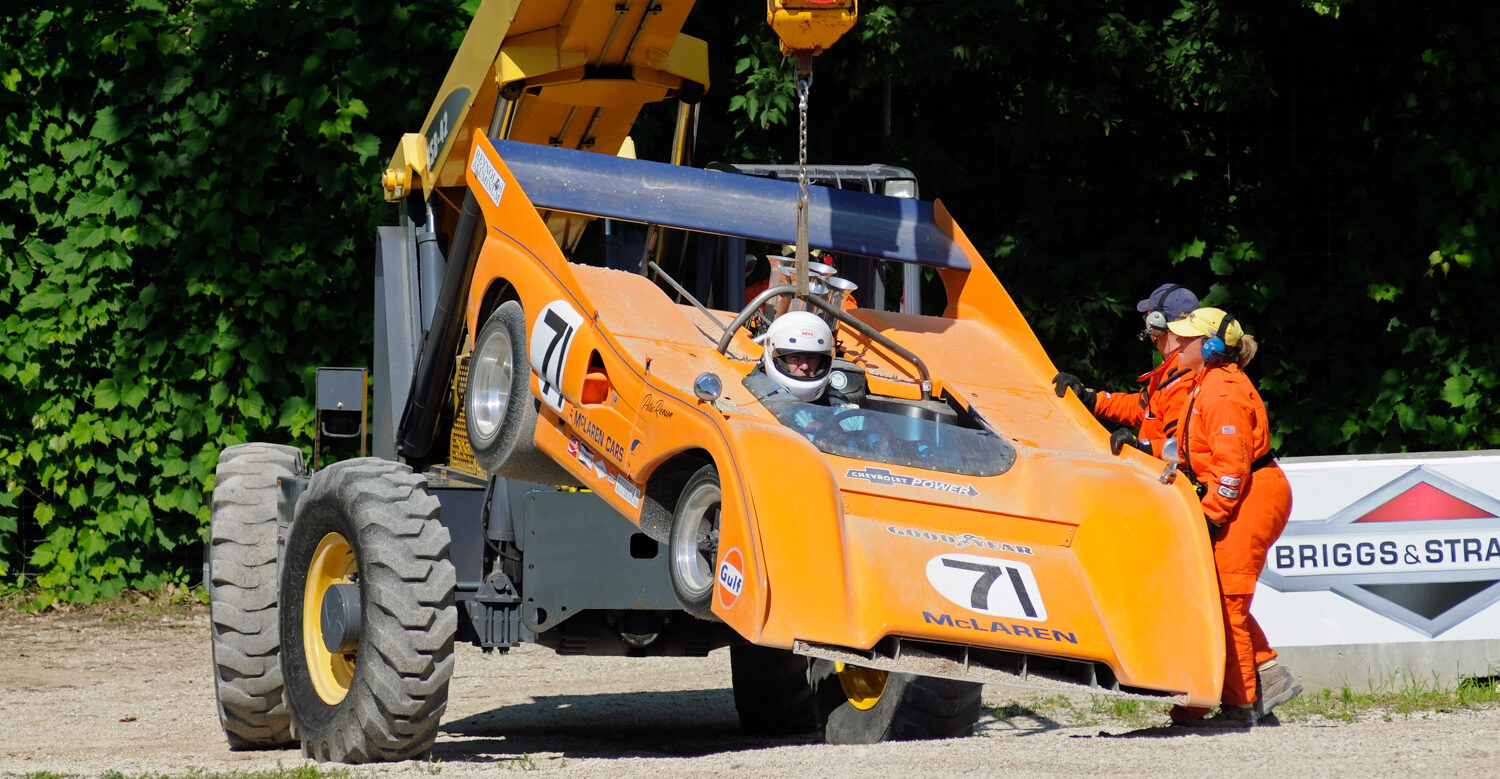

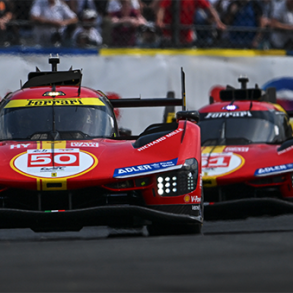
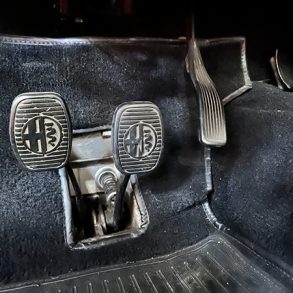
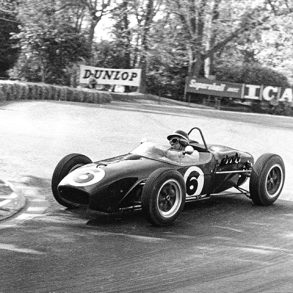
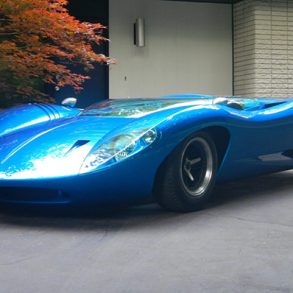
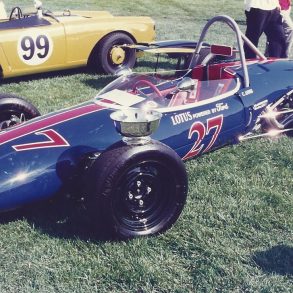


Casey makes a good point. In my years of vintage racing I have seen a huge change in new drivers and the cars they compete in. It is no longer MG’s and F Vees – the big fields are Camaro’s, Corvettes, Mustangs. And they wreck with amazing regularity. Forget a fund manager who buys a CanAm car, the underling gets a 700 hp Corvette and has no idea what he/she is in control of. Not long ago avoidable contact or a single car smash that stops a session brought consequences. A second chance is always good, but after that the driver needs to be sanctioned. Perhaps more drivers school, perhaps being suspended? Smarter people than me need to solve it or we will continue to have red flags, full course yellows and more that severely limit our time on track.